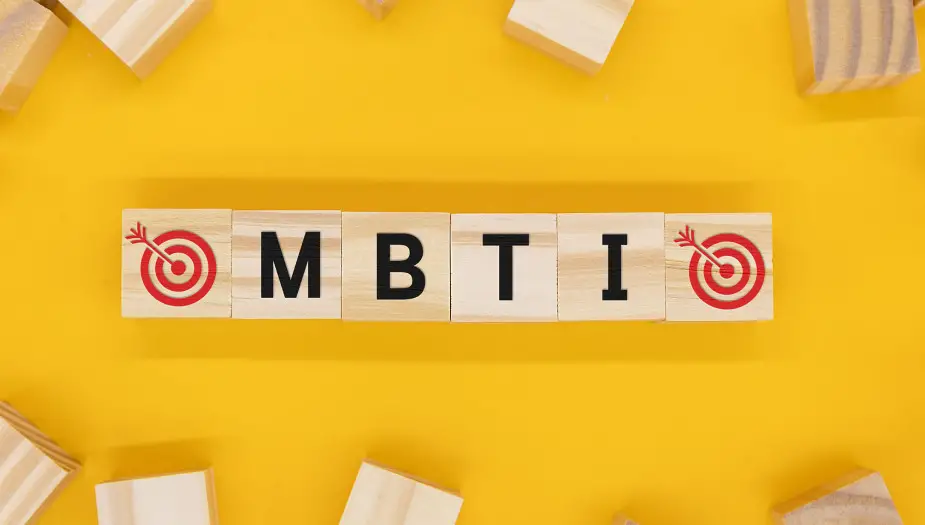Delve into the captivating world of MBTI with us as we shed light on its four remarkable archetypes. Are you an analyst, diplomat, sentinel, or explorer? Let’s find out!

Greetings, personality pundits, and welcome to the stage of self-discovery!
Today, we turn the spotlight on the Myers-Briggs Type Indicator (MBTI), a fascinating ensemble of 16 personality types, harmoniously grouped into four unforgettable archetypes. So, what are the 4 archetypes of MBTI?
Hold your breath as we pull back the curtains and introduce the Analysts, Diplomats, Sentinels, and Explorers – the Fab Four of MBTI. Grab your backstage pass and join us as we delve into the unique melodies that make each archetype sing.
Meet the Band: An Overview of MBTI
The Setlist: A Brief Introduction to MBTI
The Myers-Briggs Type Indicator (MBTI) is a star-studded cast of 16 unique personality types. Like any good ensemble, the MBTI has a structure to its lineup – four groupings known as archetypes. Each archetype is a quartet of related personality types, making for a harmonious symphony of human character.
Backstage Access: Understanding the Origin of MBTI
Just like every legendary band, the MBTI has a fascinating origin story. The brainchild of Katharine Cook Briggs and her daughter Isabel Briggs Myers, the MBTI was inspired by the work of psychoanalyst Carl Jung. It was an attempt to transform Jung’s complex theories into a practical tool for understanding personality differences – think of it as Jung’s theories getting a modern, pop-culture remix.
The Soundcheck: Fundamental Principles of MBTI
At the core of MBTI are four dichotomies: Extraversion (E) vs. Introversion (I), Sensing (S) vs. Intuition (N), Thinking (T) vs. Feeling (F), and Judging (J) vs. Perceiving (P). These dichotomies blend together to create the 16 unique MBTI types, which are then grouped into our four archetypes.
The Analysts: Masterminds of the MBTI Stage

Sound of Logic: Key Characteristics of Analysts
First up, we have the Analysts, those who march to the beat of logic and innovation. Comprising the INTJ, INTP, ENTJ, and ENTP types, Analysts are known for their strategic minds, objectivity, and thirst for knowledge.
Famous Faces: Real-world Examples of Analysts
You’ll find Analysts stealing the spotlight in many arenas. Think Elon Musk (INTJ) with his innovative visions, or Bill Gates (ENTJ) with his strategic leadership. These figures exemplify the Analyst’s love for challenging the status quo and pioneering new ideas.
Harmony and Discord: Strengths and Challenges of Analysts
Like any band member, Analysts have their high notes and low notes. They’re brilliant problem-solvers and strategic thinkers, but they can also be overly critical and struggle with expressing emotion. It’s a rock-and-roll lifestyle – they’ll hit the high notes of innovation but might stumble on the emotional ballads.
The Diplomats: The Harmonizers of the MBTI Ensemble
Melody of Empathy: Key Traits of Diplomats
Next up, the Diplomats – the INFJ, INFP, ENFJ, and ENFP types. These are the harmonizers, the ones who bring the emotional depth and idealism to the MBTI ensemble. They’re all about empathy, cooperation, and visionary thinking.
Top of the Charts: Notable Diplomats in Society
Notable Diplomats include figures like Martin Luther King Jr. (ENFJ), who used his visionary ideals to inspire social change, or J.R.R. Tolkien (INFP), whose imaginative storytelling created entire worlds. These individuals embody the Diplomat’s unique blend of empathy and imagination.
High Notes and Low Notes: Strengths and Weaknesses of Diplomats
Diplomats are empathetic, idealistic, and creative, making them excellent at understanding others and envisioning possibilities. However, their high notes of empathy can turn into low notes when they become overly sensitive or idealistic, losing touch with practical realities. But hey, every great band needs a dreamer, right?
The Sentinels: The Beatkeepers of the MBTI Band

Rhythm of Responsibility: Defining Traits of Sentinels
Steady as a drumbeat, the Sentinels (ISTJ, ISFJ, ESTJ, ESFJ) keep the rhythm of responsibility going. They are defined by their practicality, reliability, and a dedication to tradition and order.
Platinum Records: Recognizable Sentinels in the World
Historical figures like George Washington (ISTJ) with his commitment to duty, or contemporary figures like Laura Bush (ESFJ) with her nurturing public service, exemplify Sentinel traits. They are the rock-solid rhythm section, keeping everything in time and order.
Crescendo and Diminuendo: Sentinels’ Strengths and Challenges
Sentinels are reliable, dutiful, and pragmatic – the dependable backbone of any team. However, they can be resistant to change and may struggle to think outside the box. Their beat is steady, but they may need to learn to riff a bit more.
The Explorers: The Improvisers of the MBTI Orchestra
Tempo of Spontaneity: Core Characteristics of Explorers
The Explorers (ISTP, ISFP, ESTP, ESFP) are the free spirits of the MBTI. They’re spontaneous, practical, and attuned to their environment – the improvisers who keep things fresh and lively.
Rising Stars: Famous Explorers in our Midst
Consider figures like Amelia Earhart (ISTP) with her adventurous spirit, or Richard Branson (ESTP) with his audacious entrepreneurship. These individuals embody the Explorer’s love for daring and hands-on exploration.
Major and Minor Keys: Explorers’ Strengths and Areas for Growth
Explorers are adaptable, hands-on, and full of energy, making them excellent problem-solvers. However, they may struggle with long-term planning or sticking to routine. They’re the ones for a soaring solo, but they may need help staying in tune with the rest of the band.
Final Encore: How to Use Your MBTI Archetype for Personal Growth

MBTI’s Greatest Hits: Maximizing Your Archetype’s Strength
Knowing your MBTI archetype is like knowing your musical range. You can hit those high notes with your strengths, whether that’s strategic thinking, empathy, reliability, or adaptability. But you can also work on those lower notes – areas for growth that can turn your solo performance into a harmonious symphony.
In the grand concert of life, understanding your MBTI archetype helps you play your part to the fullest. It’s not about limiting yourself to a category, but rather, it’s about understanding your unique melody in the symphony of human personality. So, keep playing, keep improvising, and keep making your unique music. After all, the world needs your tune.
